Yamagata Tategu (furnishings) (Yamagata City)
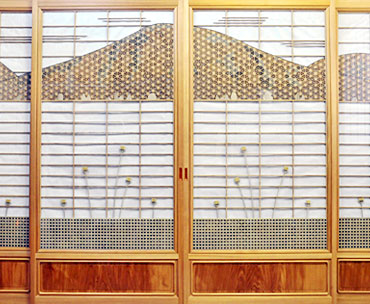
History/Outline
These furnishings are specially designed to be in harmony with Japan's unique climate and environment.
Many artisans have been involved in the production of these Yamagata furnishings.
With a history spanning the Meiji and Showa periods (1868-1989) these furnishings have become popular throughout the prefecture and have received high praise nationally for their traditional craftsmanship. Wooden furnishings such as Fusuma (sliding doors), Shoji (sliding screens) and Ranma (transoms) are well matched with the Japanese lifestyle, decorating Japanese homes beautifully as well as functionally.
With a history spanning the Meiji and Showa periods (1868-1989) these furnishings have become popular throughout the prefecture and have received high praise nationally for their traditional craftsmanship. Wooden furnishings such as Fusuma (sliding doors), Shoji (sliding screens) and Ranma (transoms) are well matched with the Japanese lifestyle, decorating Japanese homes beautifully as well as functionally.
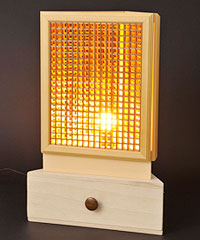
Techniques/Characteristics
As Japanese houses have become more westernized the demand for traditional Japanese style furnishings has dwindled, focusing attention on new designs and the techniques of masters.
New types of furnishings tailored to the modern life style are being made in response to the rapid change and westernization of houses in Japan. Though the manufacturing sector has become largely automated, these furniture
items continue to be hand-crafted using a plane. Trees from the Tohoku region such as cypress and cedar are used in the construction of these furnishings.
Main Products
●Shoji (sliding doors) ●Cha-fune (a type of serving dish apparatus) ●Tsuitate (screens) ●Tanzaku-kake (rectangular shaped decorative fittings)
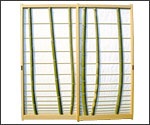
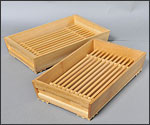
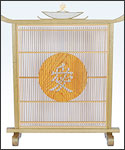
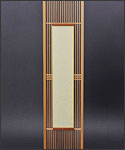
Photos provided by Yamakawa Furniture Store


